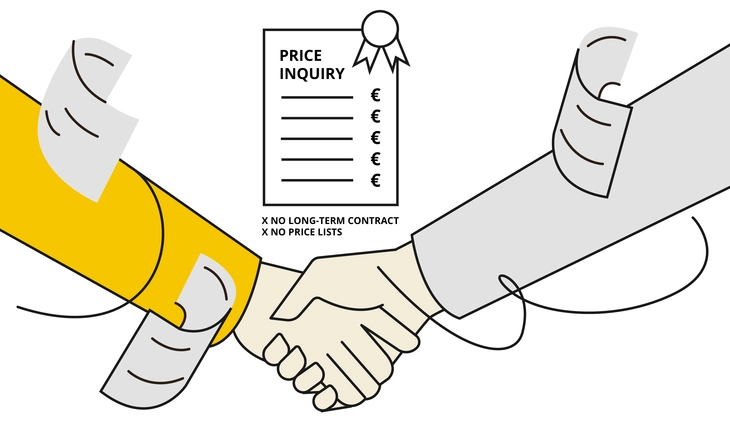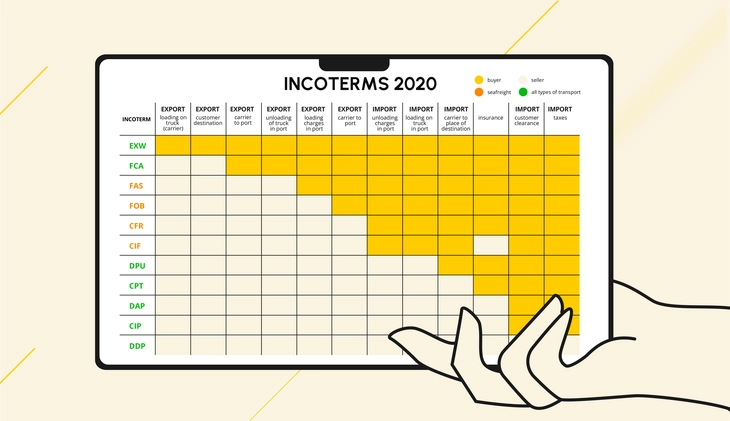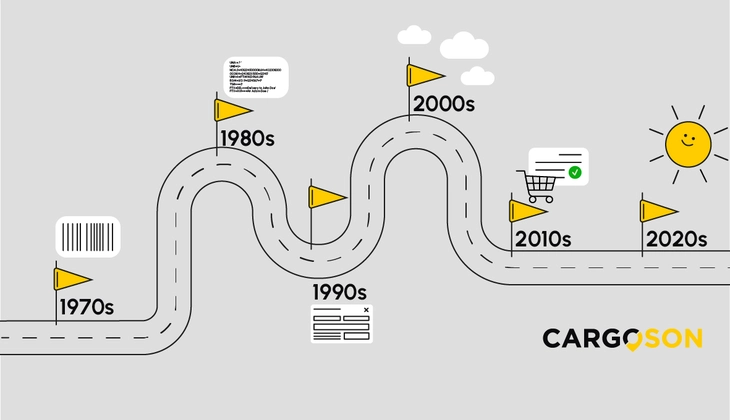Multi-carrier shipping systems also known as Transport Management Systems (TMS) are becoming increasingly popular in logistics management. They enable businesses to automate their shipping process and save on costs by selecting the most cost-effective, optimal transit time or most sustainable carrier for each shipment. These systems also provide advanced optimization features that help businesses reduce transit times and improve customer service. Features such as tracking, rate management and comparison, and integration with other platforms.
Multi-carrier shipping software is essential for businesses that need to streamline and manage order fulfilment operations with multiple carriers. Get started today by discovering the top six reasons why multi-carrier shipping software can help you save time, reduce costs, and simplify your order fulfilment process.
Multi-carrier shipping software is essential for businesses that need to streamline and manage order fulfilment operations with multiple carriers. Get started today by discovering the top six reasons why multi-carrier shipping software can help you save time, reduce costs, and simplify your order fulfilment process.
TOP 6 REASONS ⬇️
1. Spend Less Time and Reduce Human Error Entering Orders Manually.
Automation is one of the most beneficial features of multi-carrier shipping software, allowing you to save time, and money and reduce the chances of human error. Automating certain processes, like label printing and shipping notifications, can help improve accuracy and increase efficiency in managing order fulfilment operations with multiple carriers. Additionally, automation helps ensure all data is consistently updated so that you can quickly make informed decisions regarding your ever-growing customer base. By automating this process, businesses can save time and reduce costs associated with manual order entry. Furthermore, using a Multi-Carrier Shipping Software ensures that orders are entered accurately and quickly, reducing the risk of delays or incorrect orders being shipped to customers. Automation also allows businesses to focus their efforts on other areas of their business such as customer service or product development.
2. Streamline Carrier Management
Streamlining carrier management is essential for businesses that ship goods internationally. With a transport management system, companies can manage multiple carriers and compare their shipping options (price, transit time, CO2 emissions) to reduce their overall expenses, shorten lead time & reduce carbon emissions. Additionally, these systems provide reports and statistics that give companies insight into their current performance and alternative options available. Some systems also include carrier integration software features, which give you plug-and-play carrier EDI or API connections so you don't have to worry about building them yourself and your carriers can receive bookings straight into their software system.
By streamlining carrier management, companies can save time and money while ensuring that their goods are shipped safely and efficiently.
3. Monitor Rates, Transit Times and Carbon Footprint.
Looking to optimize efficiency, reduce carbon footprint and save money?
Taking a closer look at the rates, transit times, and carbon footprints associated with your supply chain can have a big impact on the efficiency of your business operations. In this article, we'll discuss the potential benefits of monitoring these factors and how you can use them to optimize efficiency, reduce your carbon footprint, and save money. Monitoring freight rates, transit times and carbon footprints is a great way to ensure that your supply chain is efficient, sustainable, and cost-effective. You can use the insight gained from this data to identify the most cost-effective transportation methods and routes, track and reduce transport CO2 emissions and fuel consumption, increase delivery speed and accuracy, and help you make more informed decisions when it comes to selecting carriers.
4. Automate Label Printing and Shipping Documentation.
Label printing and shipping documentation automation simplify the process of creating, printing and shipping labels, CMR-s, e-waybills, and Dangerous Goods Declaration (DGD). This kind of automation allows you to use software applications to quickly generate accurate labels, CMR-s, e-Waybills & DGD with all necessary information, as well as automate tracking updates for accelerated quality control and faster verification when shipments are received by customers or collected from suppliers. Automation also eliminates manual data entry which reduces errors and saves time.
5. Track and Analyze Your Shipping Performance.
Shipping performance is an important factor for any business. Tracking and analyzing your shipping performance is essential for businesses to ensure their customers receive orders on time and in good condition. To stay competitive, you need to track your shipments and analyze data from different shipping sources. With tracking and analytics, you can keep up-to-date on changes in your logistics provider's performance, optimize results, and make better decisions. Multi-carrier shipping software can help businesses with this kind of data. From software, businesses can track and analyze their shipping performance by providing reports and statistics on the on-time delivery measurement (per carrier), delayed error reports for each shipment, alternative options for the future, and more. Delivery time analysis reports help you track how long it takes for your shipments to arrive at their destinations. These reports provide useful information about both on-time and late deliveries, allowing you to identify potential issues with your carrier and adjust your shipping tactics accordingly. Businesses can eliminate wasteful processing times and create a more cost-effective supply chain. By tracking and analyzing shipping performance with multi-carrier software, businesses can save time and eventually money while providing customers with better service.
6. Lower Your Shipping Costs
Shipping costs can be a major headache for businesses, but with the right strategies, you can effectively reduce those costs and save your business money. It’s important to shop around for the best possible prices, but it’s even more important to accurately calculate your shipping costs in advance. Make sure you take into account not only the cost of the postage but also any other associated fees.
To keep your shipping costs low, you need to find the best multi-carrier shipping software to compare rates and fees from your different logistics service providers or carriers. With multi-carrier shipping software, you can upload your own agreed price sheet that allows you to calculate the cost of each shipment and compare it with alternative options by sending out ad-hoc inquiries to different carriers when needed. Additionally, you can use the software to calculate any additional fees that may be associated with each carrier. By using multi-carrier shipping software, you can quickly find the most cost-effective option for your business and lower your overall shipping costs by up to 20-30%.
Conclusion: Multi-carrier shipping systems help companies to maximize their efficiency and save time and cost whilst improving their customer service.
Multi-carrier shipping automation is gaining traction as it eliminates manual processes and reduces errors associated with manual data entry. It also provides real-time visibility into shipments, allowing businesses to track orders, manage warehouse loadings, and analyze data for better decision-making.
Want to learn more? Get a checklist on how to select a multi-carrier software here.
Want to learn more? Get a checklist on how to select a multi-carrier software here.






